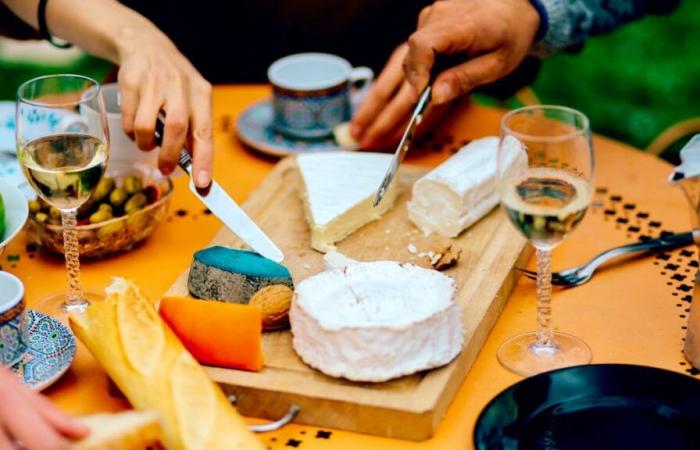All tastes are natural, especially when it comes to cheese. While some like them fruity, creamy or sweet, others prefer them creamy, with character, or even downright stinky.
The site dedicated to cooking “Taste Atlas” took a closer look at the subject to establish a ranking of the 100 worst-rated cheeses in Europe. Among them are also varieties from Switzerland. They occupy 25th, 28th, 53rd and 87th places. You will find them in the slideshow above.
To establish this ranking, some 27,000 reader reviews from “Taste Atlas” were taken into account. The site further writes that the ranking aims to “promote excellence in local foods, encourage pride in traditional dishes and arouse curiosity for dishes you have not yet tasted.”
This Portuguese cheese is made from the sheep’s or goat’s whey left over after cheesemaking from the historic region of Beira Baixa, today Castelo Branco. The delicate, unfermented travia has a grainy texture, but is easy to spread and has a sweet milky taste.
Casu martzu is a Sardinian sheep’s milk cheese which is the subject of debate. For health reasons, its sale and consumption are even prohibited. You must, in fact, have a strong stomach to eat this cheese, whose name alone says it all: in Italian, casu marzu means “rotten cheese”, in reference to the living larvae that can be found there. After the fermentation process, larvae are introduced into the heart of the cheese, which promotes its decomposition and breaks down the fatty acids.
The name and size of Hessischer Handkäse derive from its traditional manufacturing method, which involves molding the cheese by hand. Handkäse is a German curd cheese made in Frankfurt, the Rhine-Main region and Rhenish Hesse. It contains less than 1% fat and 25% protein.
Bleu du Vercors-Sassenage is a blue cheese made from a mixture of fresh, heated raw milk and day-old cow’s milk. The presence of yeast and bacteria can cause its white, flowery rind to turn orange. Originally from the regions of Drôme and Isère, its initial manufacture dates back to the 14th century. Bleu du Vercors-Sassenage must be matured for at least 30 days so that its soft and creamy texture develops as well as its subtle and delicate taste, full of sweetness, atypical for a bleu cheese.
Gamalost is a cheese made from skimmed cow’s milk. Far from being popular in the classification, this traditional Norwegian cheese with a powerful aroma and full-bodied taste, has a bloomy, mold-ripened rind and a dense, grainy and firm texture. To make it, an acidic whey is added to skimmed milk, which causes it to curdle. The fermented solid mass is then pressed into molds to obtain the round shape of the cheese. The latter is then hand rubbed with mold before being refined.






